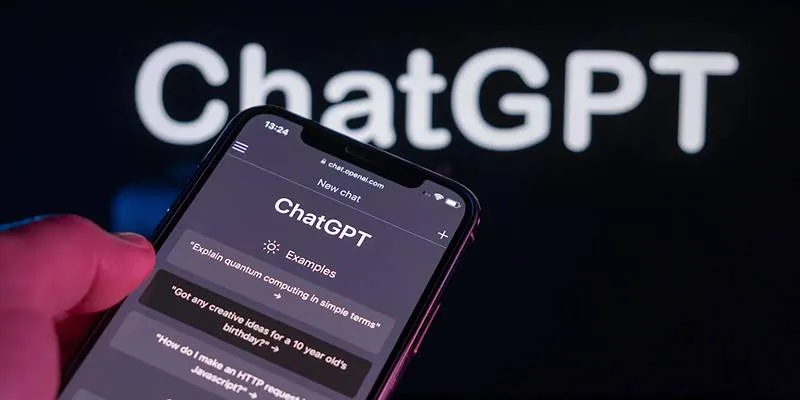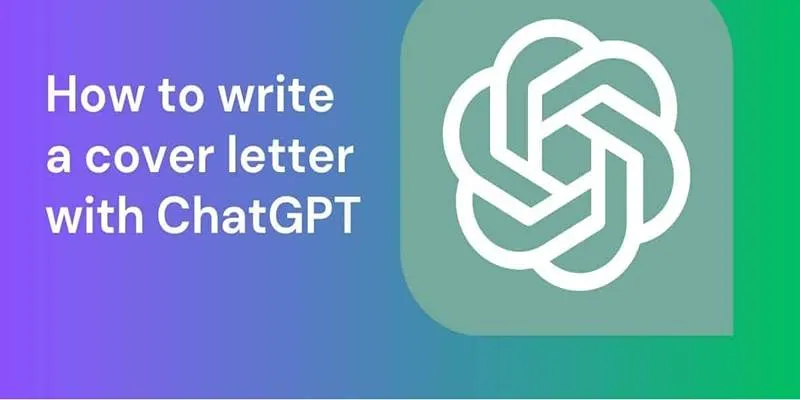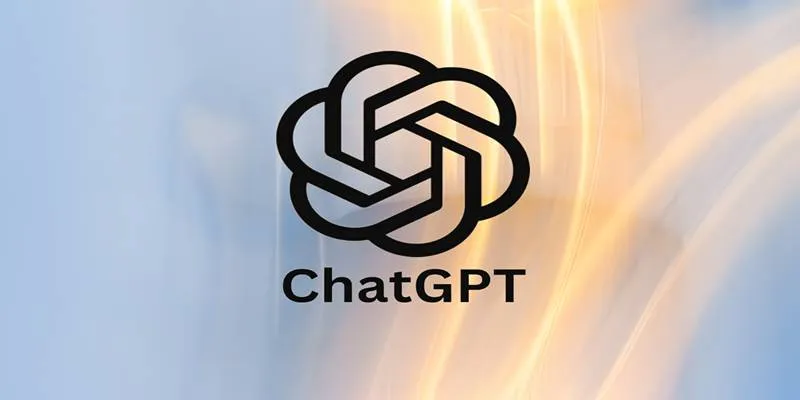Writing a blog today is no longer about merely putting words onto a page and hoping for the best. It’s more like a balancing act between staying original, publishing consistently, and ranking on Google without sounding robotic. This is where ChatGPT becomes invaluable. When used correctly, it won’t flatten your voice; instead, it saves you hours. Let’s explore the top ten ways to utilize ChatGPT for blogging this year, blending shortcuts with control.
10 Ways to Use ChatGPT for Blogging in 2025
Drafting the First Version Without the Blank Page Pressure
Staring at a blinking cursor can erase all the ideas from your mind. ChatGPT can jumpstart your blog by drafting a full piece based on just a few details. All you need is a rough title, your tone preference, and a general idea of what you want to cover. Remember, the draft is a sketch. You’ll still need to refine it, switch up the language, and integrate some of your own sentences. Starting with something—even just the bones—is better than struggling to write the first sentence for an hour.
Turning Outlines into Real Content in One Prompt
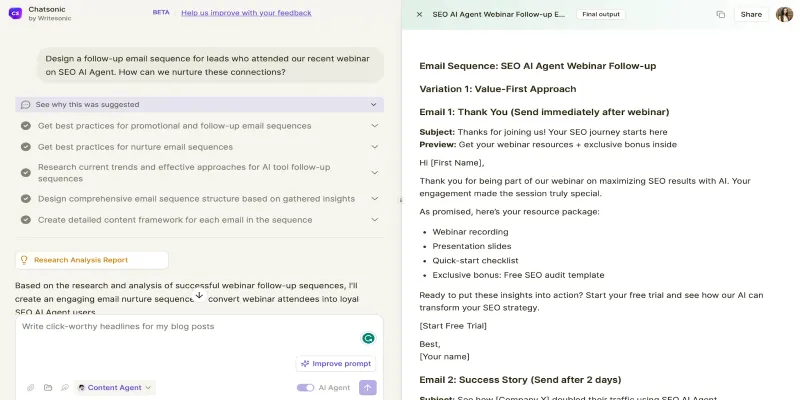
If you already know the points you want to make, ChatGPT can fill in the gaps. Simply feed it your outline, add a line or two about your desired tone, and let it turn your bulleted ideas into full paragraphs. This is particularly helpful if you’ve mapped out the post but feel too burnt out to develop each section from scratch. The paragraphs won’t be perfect out of the box, but that’s fine. You’re not publishing raw output; you’re using it to skip the dragging part of blog creation.
Rewriting Sections That Feel Off
Everyone encounters that moment where a blog paragraph just won’t come out right. It’s too wordy, too dry, or doesn’t match the tone you’re aiming for. Paste that paragraph into ChatGPT and ask it to rewrite it more casually, more directly, or with shorter sentences. You don’t need to accept the first version it gives you, either. Ask for another option or paste it into your version for feedback on what makes it feel clunky. You’ll often end up with something smoother—and it’s still your idea.
Condensing Long Paragraphs Without Losing Meaning
When your writing gets too long, it doesn’t just slow the reader down—it loses impact. If you find yourself rambling, ask ChatGPT to tighten the section without losing the core message. It can spot where your examples repeat or where you’re circling the same idea. You stay in charge of what gets trimmed, but it’s a fast way to make your post cleaner without cutting it to shreds.
Creating SEO-Friendly Meta Descriptions and Titles
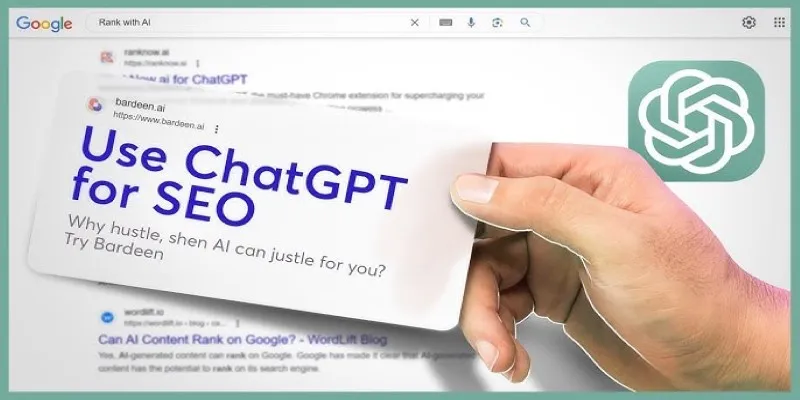
Writing meta descriptions is challenging. They need to sound like you, fit the post’s tone, include the keyword, and stay under the character limit. ChatGPT excels at this task. You can paste your blog content and ask for five title options that include your keyword naturally. Do the same for meta descriptions. You can even get help writing alt text for images by describing what’s in the photo.
Repurposing One Blog Post into Multiple Formats
Once your blog is live, ChatGPT can help you get more mileage out of it. Ask it to turn your blog post into an email summary, a few tweet threads, a LinkedIn update, or even an Instagram caption. It takes your existing work and repackages it for each format, saving you time. You can still tweak the tone in each case—casual for Twitter, straightforward for LinkedIn.
Researching Subtopics Without Leaving Your Draft
You don’t have to leave your blog draft every time you need to check a stat or understand how a tool works. Ask ChatGPT to explain a term, summarize a study, or list common use cases for something. While you should verify facts and avoid quoting ChatGPT directly for numbers, it helps you build understanding quickly so you can write confidently about the topic. It’s not the end of your research—it’s the start that helps you move faster.
Developing Content Ideas Around Your Niche
If you’re stuck on what to write next, ChatGPT can help generate fresh post ideas based on your past content or current niche. Feed it a few topics you’ve already written about and ask for related blog post ideas. Then, go through the list and pick the ones that feel fresh—not generic. You can also ask it to suggest headline variations or spin one theme into a mini-series of posts. It’s not foolproof, but it often nudges your brain in a new direction when you’re running dry.
Formatting Posts for Better Flow and Skimmability
A good blog post doesn’t just sound right—it looks right. ChatGPT can help with formatting suggestions that improve how readers move through the post. Ask it to break up long sections with subheadings, create bullets where it makes sense, or suggest pull quotes. Sometimes, it catches spots where a list would be easier to read than a full paragraph. This visual clarity helps keep people reading longer, especially on mobile devices.
Building a Repeatable Workflow That Saves Hours
Once you figure out how ChatGPT fits into your writing process, it becomes a regular part of your blogging toolkit. You don’t have to ask it to write the whole blog or stay hands-off. Instead, build a workflow: outline with it, write some parts yourself, clean up the structure with help, check flow, get a few headline options, and move on. The process becomes faster, but the final result still sounds like you. That’s the sweet spot for bloggers in 2025—not trying to automate their voice, just trying to make the work less exhausting.
Final Thoughts
If you treat ChatGPT like a shortcut for thinking, you’re going to be disappointed. But if you treat it like a tool that makes the tedious parts of blogging less painful, you’ll likely wonder why you didn’t start using it sooner. It’s not about cheating the system—it’s about saving your time and using your energy where it truly matters. And that’s worth figuring out.
 zfn9
zfn9




